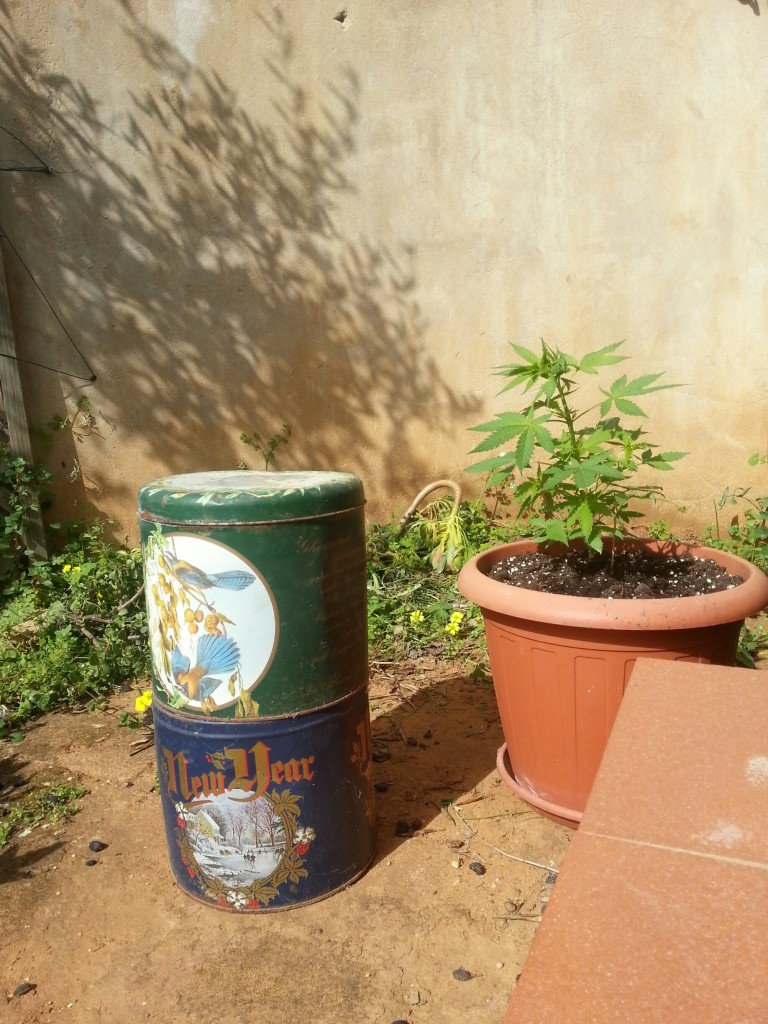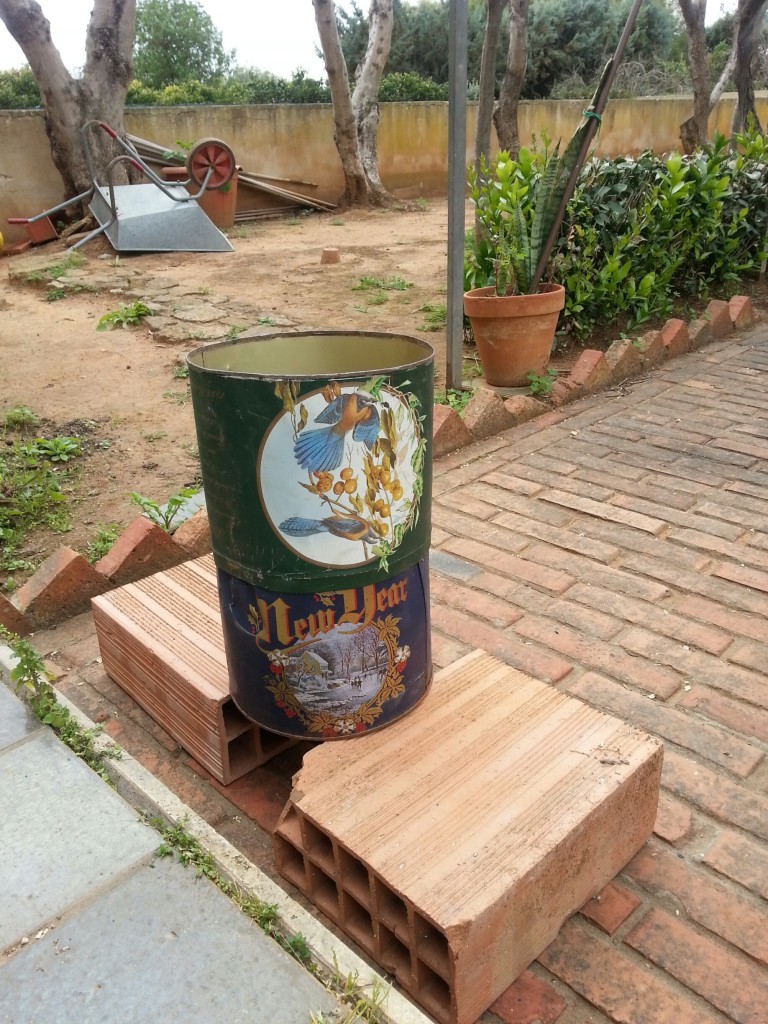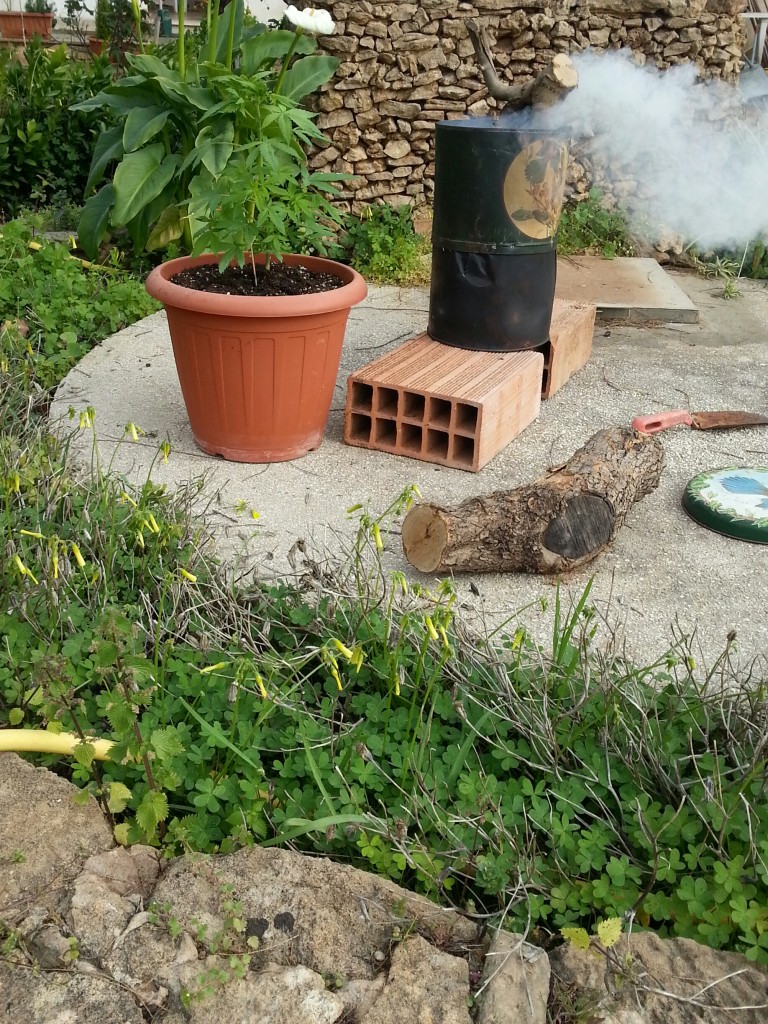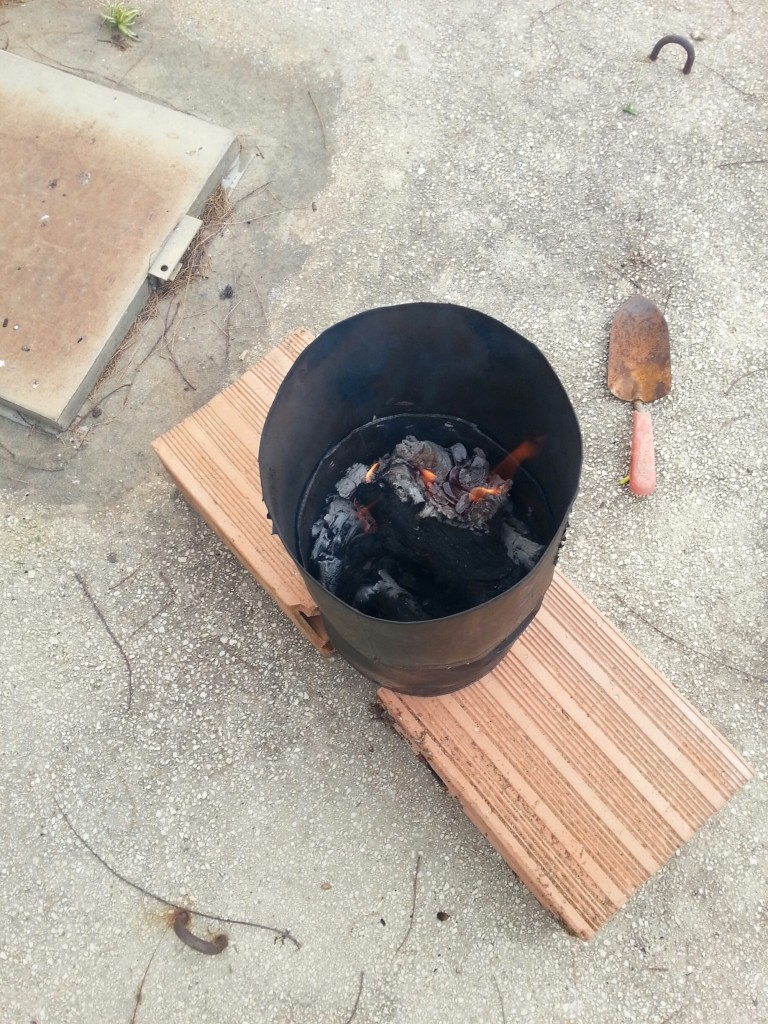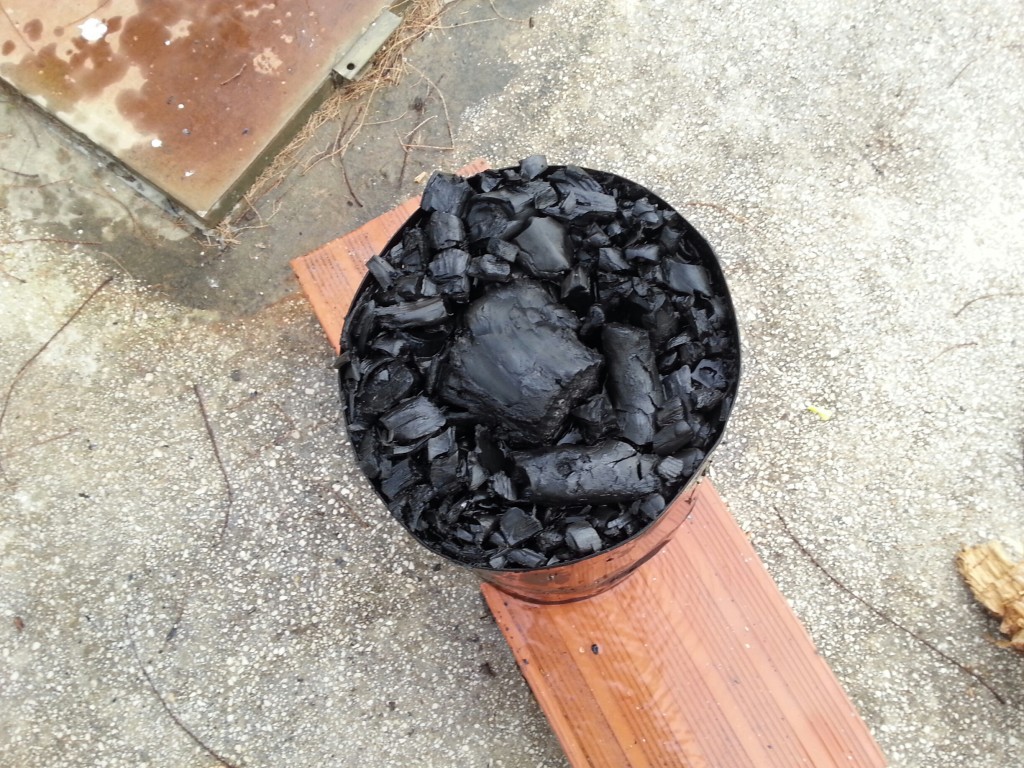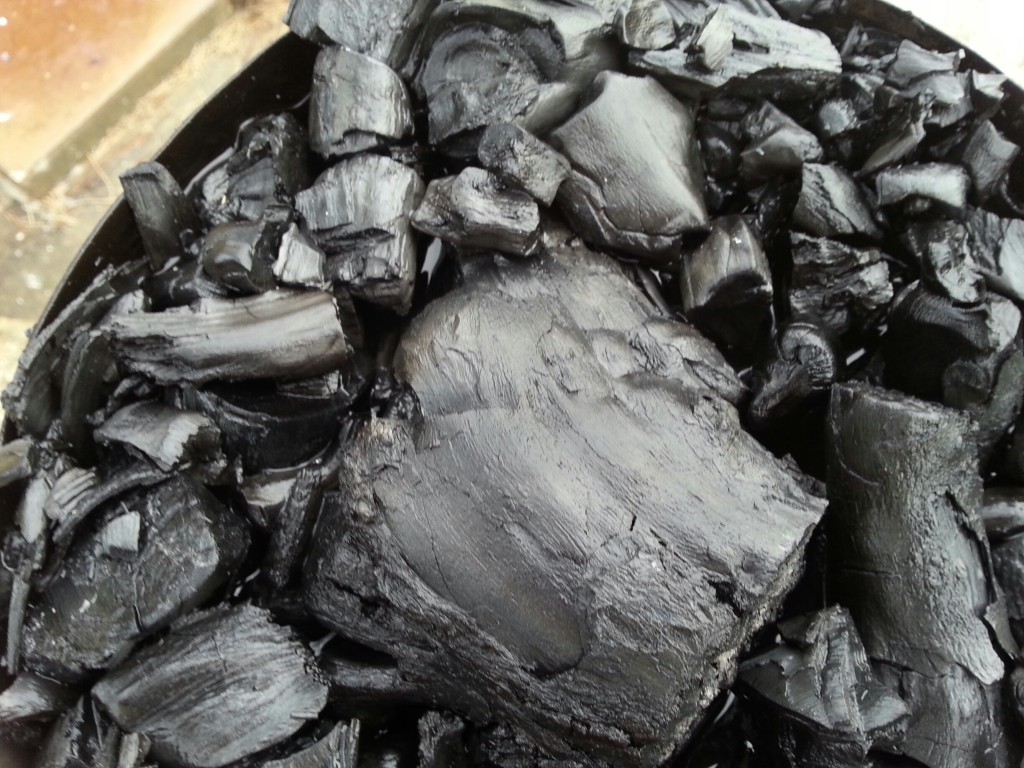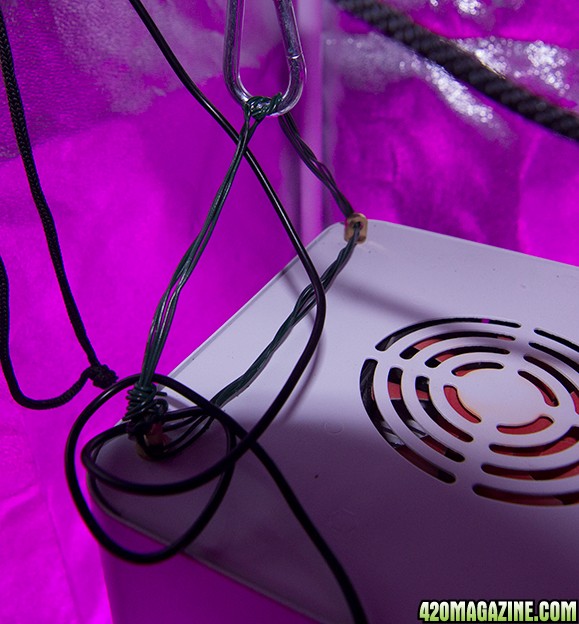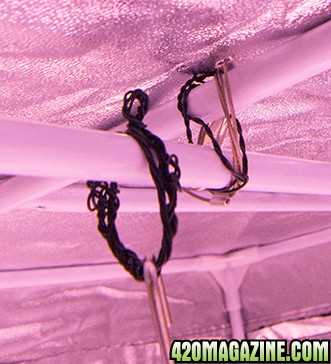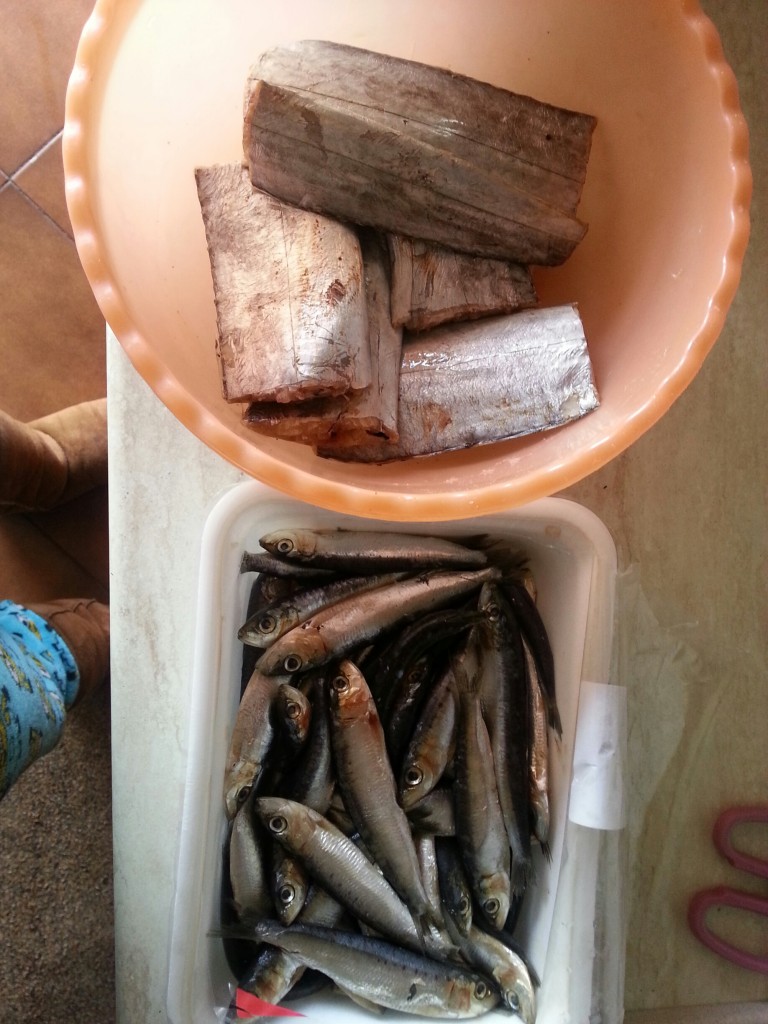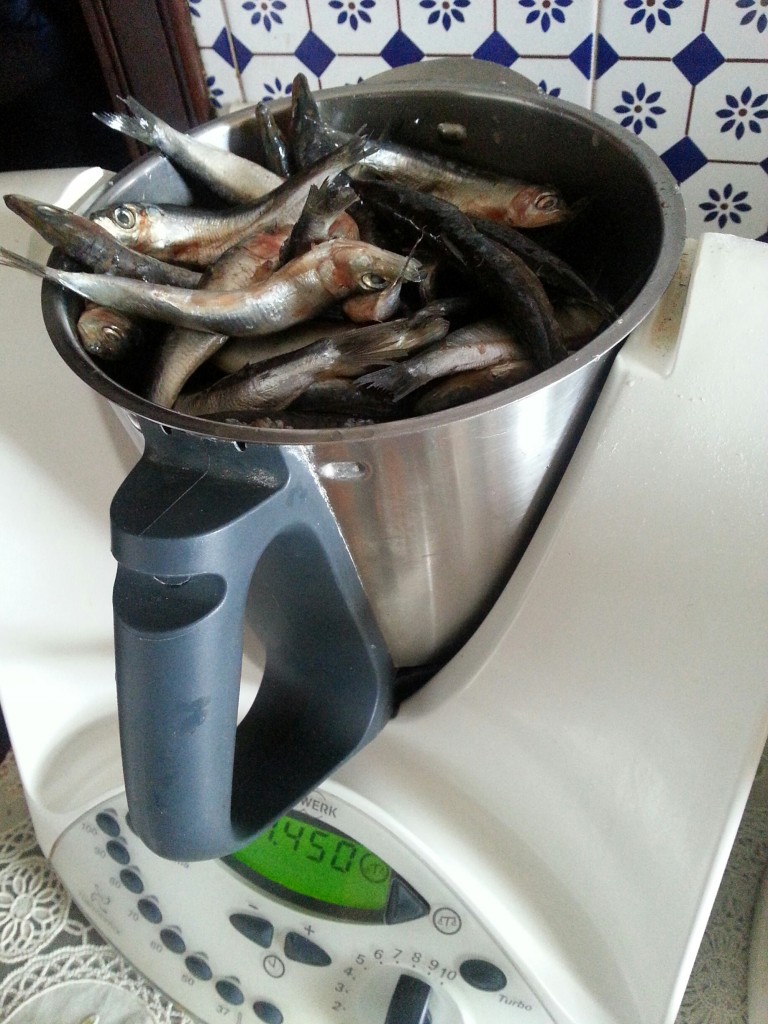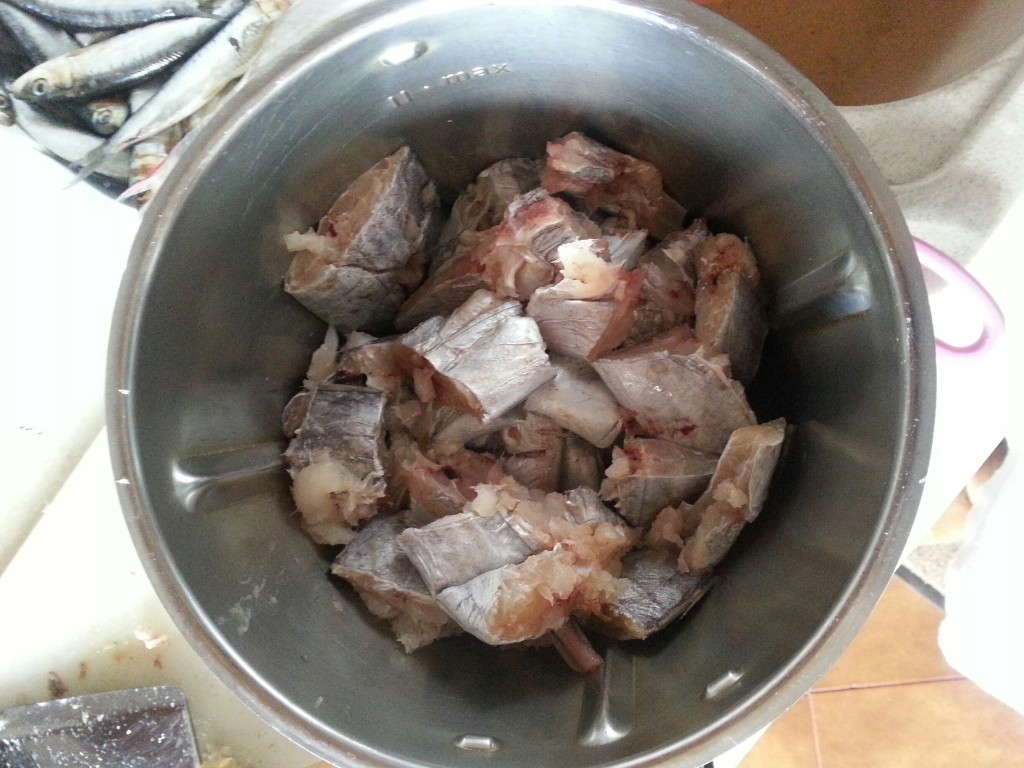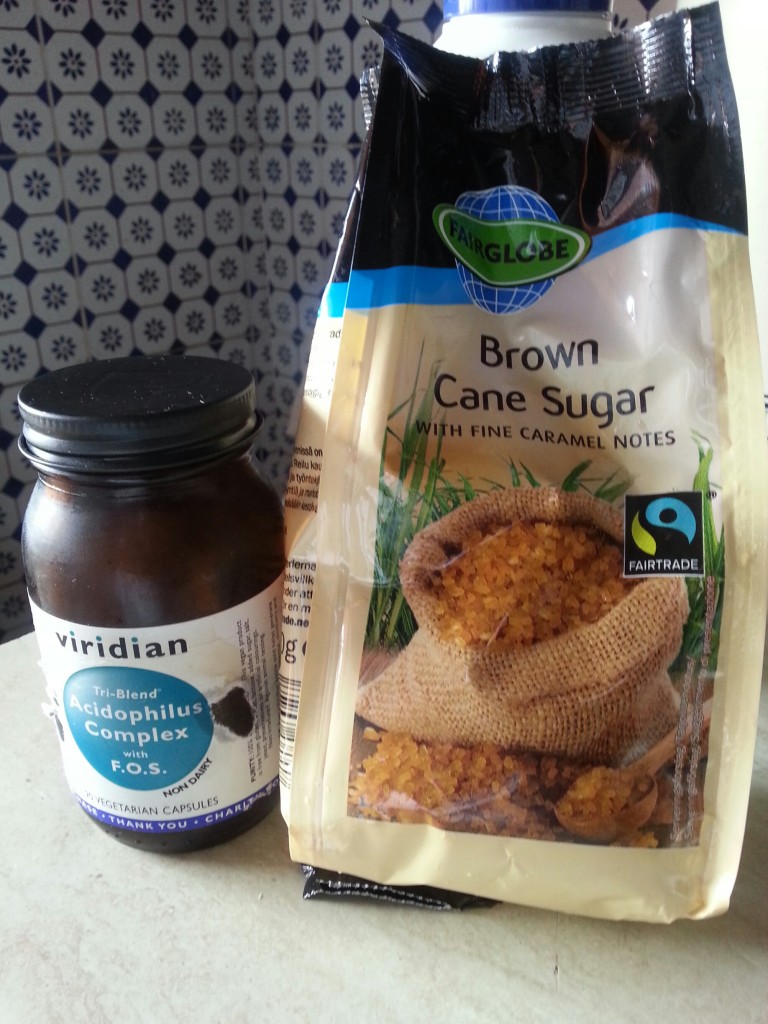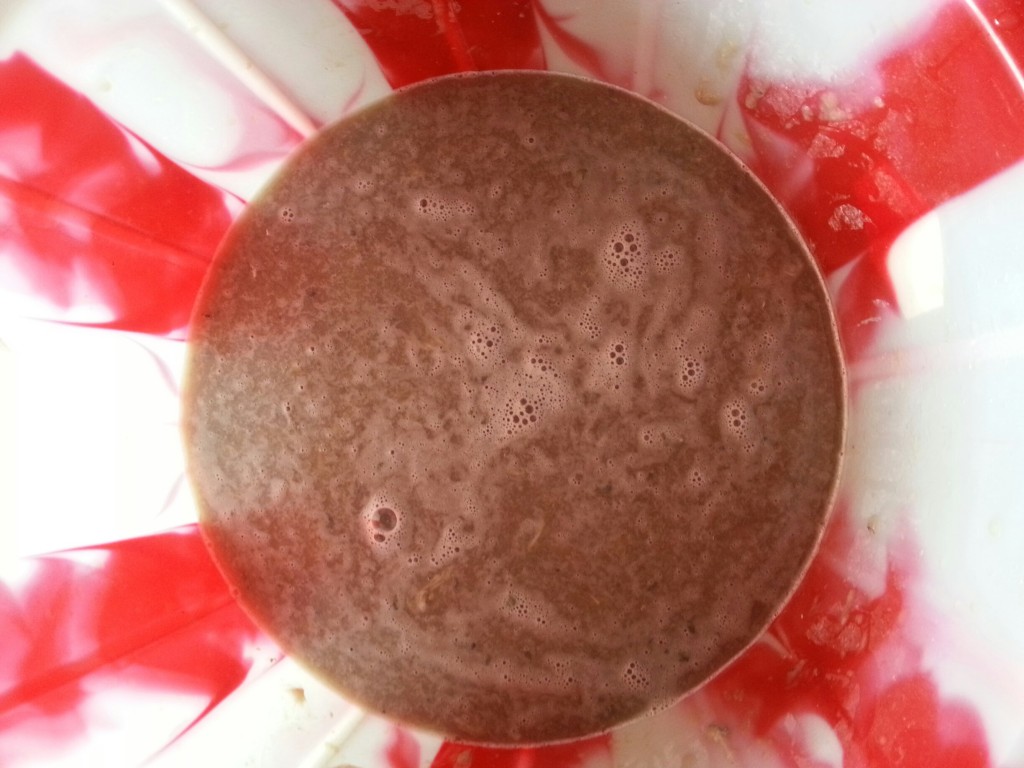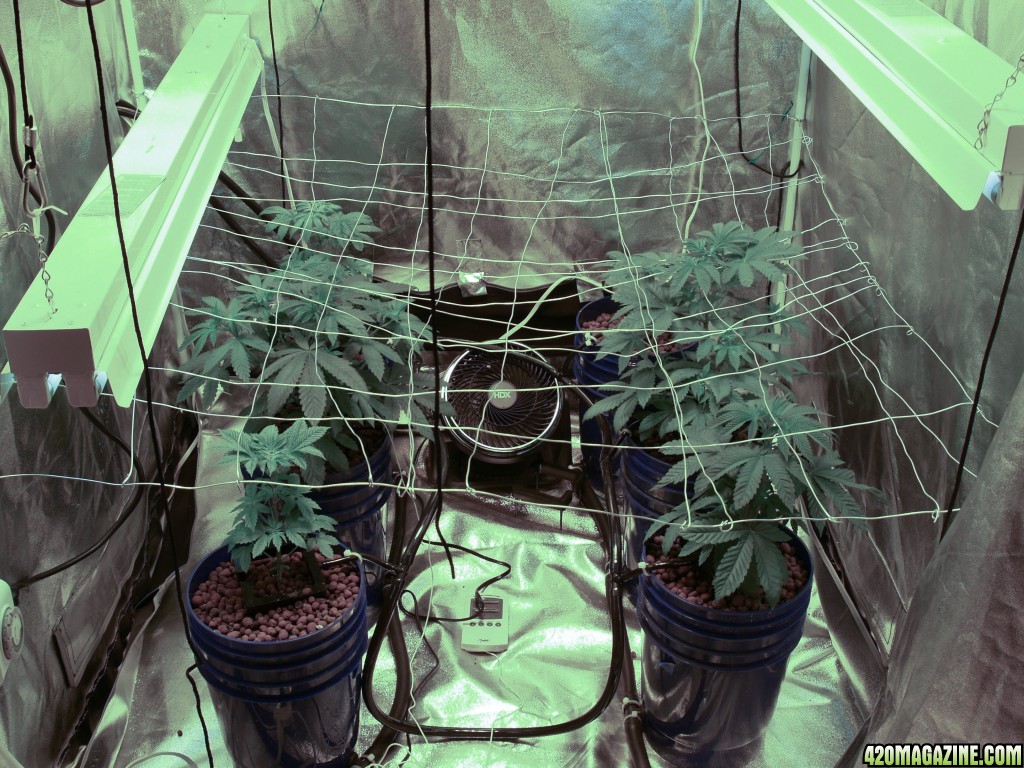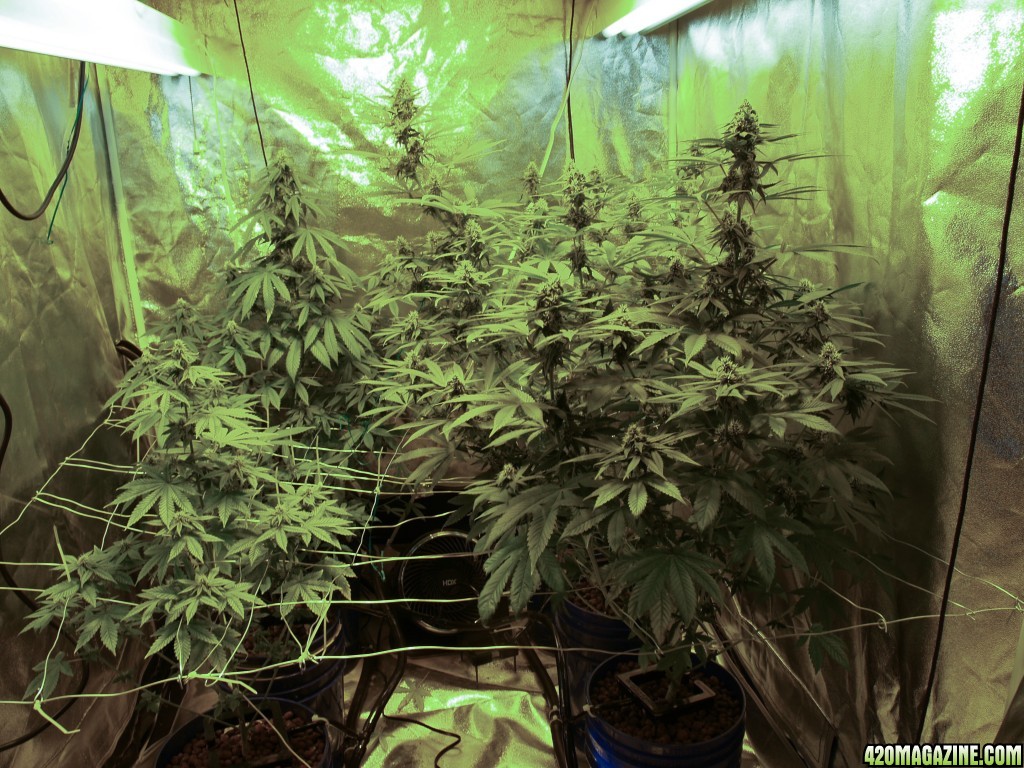In the US we call them capsules. You would need to know what else is in the capsules before you use them, probably stay away from that. Like Cannafan said, egg shells are a known quantity.
Oh, forgot something on the original question. Yes, growers do use "eggshell" water on the plants. Just put the eggshells into boilig hot water in a pan or in a jar that can stand the heat, and let it cool. Be sure you have all of the actual egg out of them, but leave that membrane. That's where a lot of the nutrients are.
When it's cooled, just strain it to get the egg shells out. Now you have an extra "boost" of mostly calcium when you need it.





